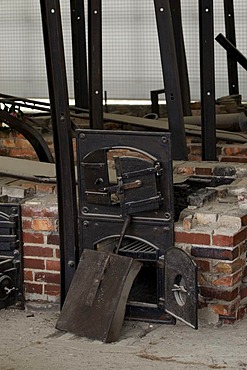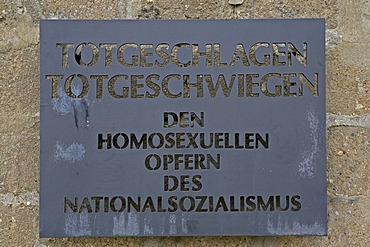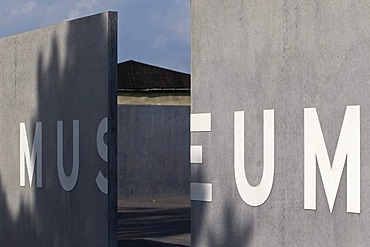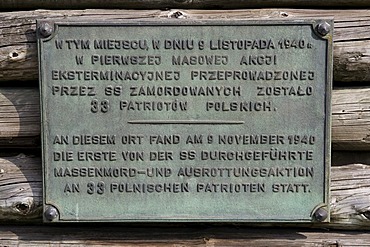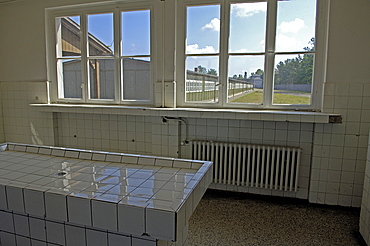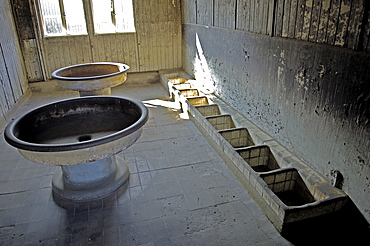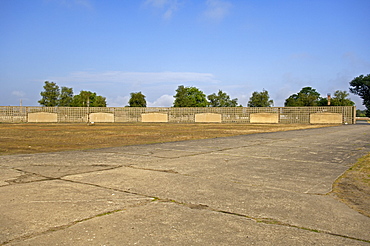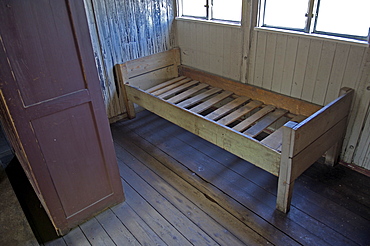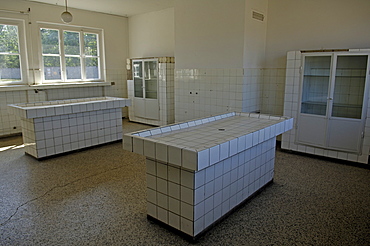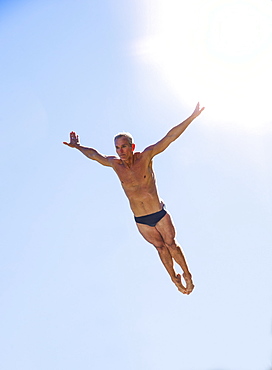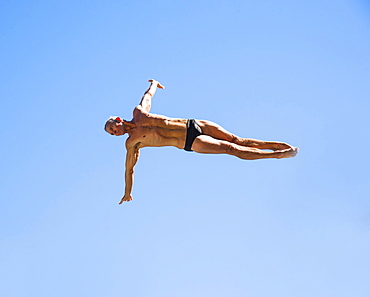Results
15 results found
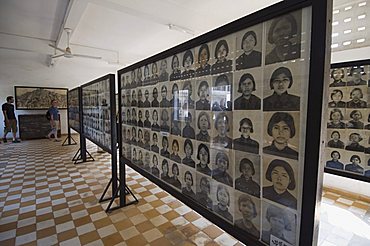
The Genocide Museum in a former school that was used by Pol Pot for torture, imprisonment and execution, Phnom Penh, Cambodia, Indochina, Southeast Asia, Asia
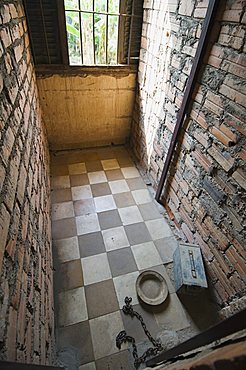
The Genocide Museum in a former school that was used by Pol Pot for torture, imprisonment and execution, Phnom Penh, Cambodia, Indochina, Southeast Asia, Asia
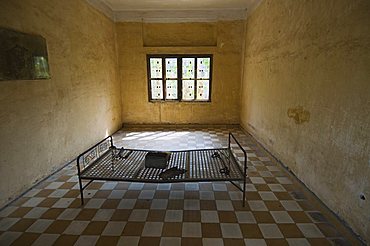
The Genocide Museum in a former school that was used by Pol Pot for torture, imprisonment and execution, Phnom Penh, Cambodia, Indochina, Southeast Asia, Asia
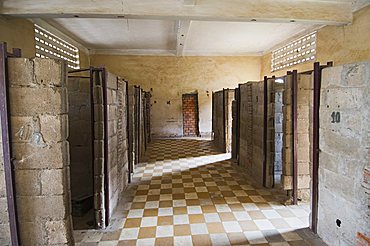
The Genocide Museum in a former school that was used by Pol Pot for torture, imprisonment and execution, Phnom Penh, Cambodia, Indochina, Southeast Asia, Asia
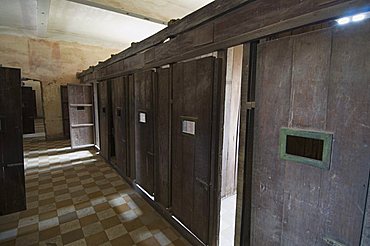
The Genocide Museum in a former school that was used by Pol Pot for torture, imprisonment and execution, Phnom Penh, Cambodia, Indochina, Southeast Asia, Asia
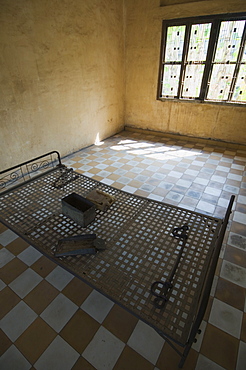
The Genocide Museum in a former school that was used by Pol Pot for torture, imprisonment and execution, Phnom Penh, Cambodia, Indochina, Southeast Asia, Asia

The wall between blocks 10 and 11 where thousands of prisoners were executed by firing squad, Auschwitz concentration camp, UNESCO World Heritage Site, Oswiecim, near Krakow (Cracow), Poland, Europe

Gallows where Rudolf Hoss, the camp commandant, was hanged, Auschwitz concentration camp, UNESCO World Heritage Site, Oswiecim, near Krakow (Cracow), Poland, Europe

Memorial to Martyr Dr. Jose Rizal, site of execution, recreation of last moments of the hero's life, Rizal Park, Luneta, Manila, Philippines, Southeast Asia, Asia
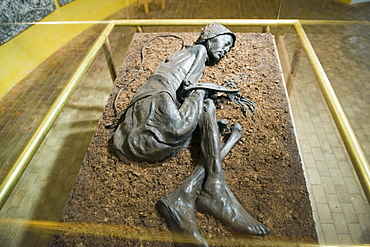
Preserved body of the Tollund Man, hung to death in 300 BC, Silkeborg Museum, Silkeborg, Jutland, Denmark, Scandinavia, Europe

Preserved body of the Tollund Man, hung to death in 300 BC, Silkeborg Museum, Silkeborg, Jutland, Denmark, Scandinavia, Europe
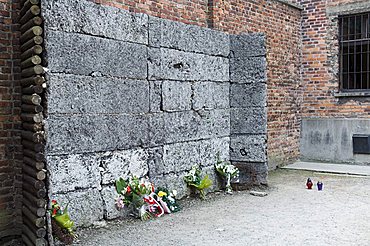
The wall between blocks 10 and 11 where thousands of prisoners were executed by firing squad, Auschwitz concentration camp, UNESCO World Heritage Site, Oswiecim, near Krakow (Cracow), Poland, Europe
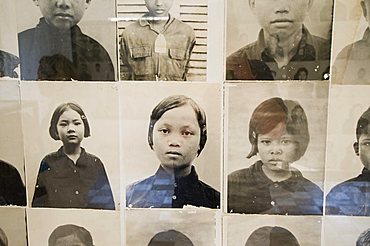
The Genocide Museum, a former school that Pol Pot used to torture, imprisonment and execution, Phnom Penh, Cambodia, Indochina, Southeast Asia, Asia
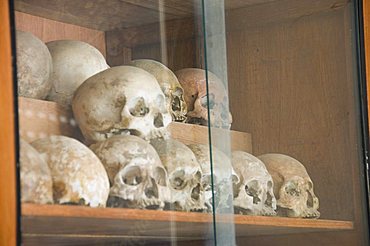
The Genocide Museum, a former school that Pol Pot used to torture, imprisonment and execution, Phnom Penh, Cambodia, Indochina, Southeast Asia, Asia
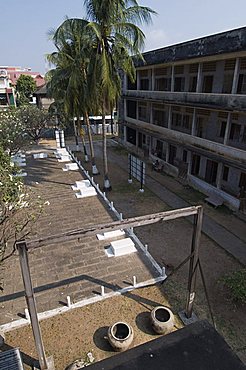
The Genocide Museum, a former school that Pol Pot used to torture, imprisonment and execution, Phnom Penh, Cambodia, Indochina, Southeast Asia, Asia
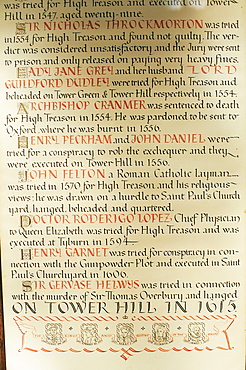
List of important historical trials held in the Guildhall, Guildhall, City of London, London, England, United Kingdom, Europe
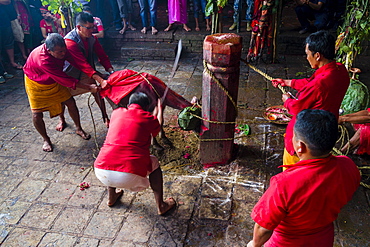
Priest with big sword sacrificing water buffalo, Hindu festival Dashain, Gorakhnath temple, Gorkha, Gorkha District, Nepal, Asia
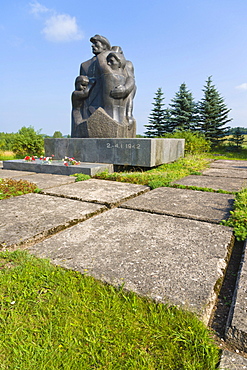
Monument in the place of mass execution of Audrini villagers during the Nazi occupation, Audrini Parish, Rezekne municipality, Latgale, Latvia, Northern Europe
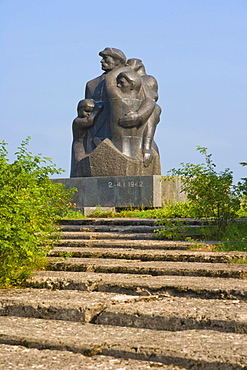
Monument in the place of mass execution of Audrini villagers during the Nazi occupation, Audrini Parish, Rezekne municipality, Latgale, Latvia, Northern Europe
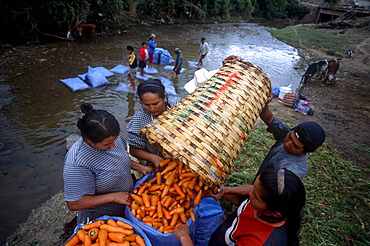
Campesinos wash for market freshly-picked carrots in a river in Los Negros, Bolivia Friday, Nov. 12, 2004. Ernesto "Che" Guevara was captured by the Bolivian army in 1967 in a nearby valley and executed in La Higuera days later. His body was put on public display in the laundry room of the Vallegrande hospital, then secretly buried under the air strip for 30 years. Guevara and fellow communist guerillas were attempting to launch a continent-wide revolution modeled on Guevara's success in Cuba in the late 1950s. The Bolivian government recently began promoting the area where he fought, was captured, killed and burried for 30 years as the "Ruta del Che," or Che's Route.
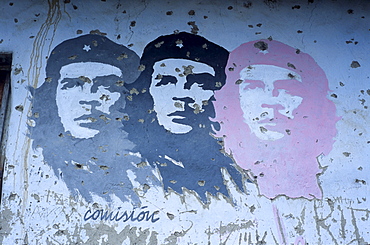
Painted images of Ernesto "Che" Guevara stare from a pock-marked wall in La Higuera, Bolivia, Saturday, Nov. 13, 2004. Guevara was captured by the Bolivian army in 1967 in a nearby valley and executed in La Higuera days later. Guevara and fellow communist guerillas were attempting to launch a continent-wide revolution modeled on Guevara's success in Cuba in the late 1950s. The Bolivian government recently began promoting the area where he fought, was captured, killed and burried for 30 years as the "Ruta del Che," or Che's Route.
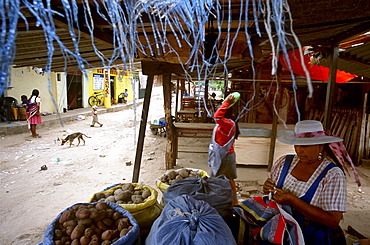
Vendors sell their wares at a street market in El Torno, Bolivia Friday, Nov. 12, 2004. Ernesto "Che" Guevara was captured by the Bolivian army in 1967 in a nearby valley and executed in La Higuera days later. His body was put on public display in the laundry room of the Vallegrande hospital, then secretly buried under the air strip for 30 years. Guevara and fellow communist guerillas were attempting to launch a continent-wide revolution modeled on Guevara's success in Cuba in the late 1950s. The Bolivian government recently began promoting the area where he fought, was captured, killed and burried for 30 years as the "Ruta del Che," or Che's Route.

